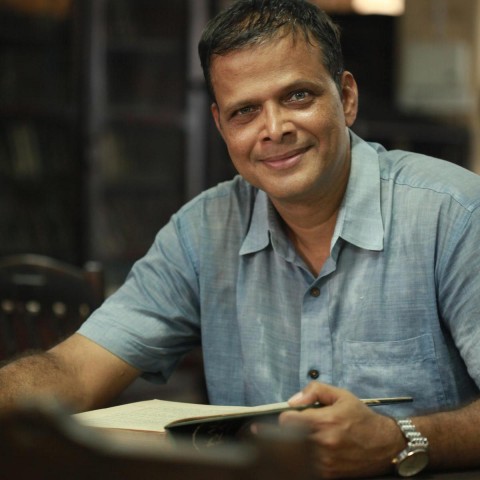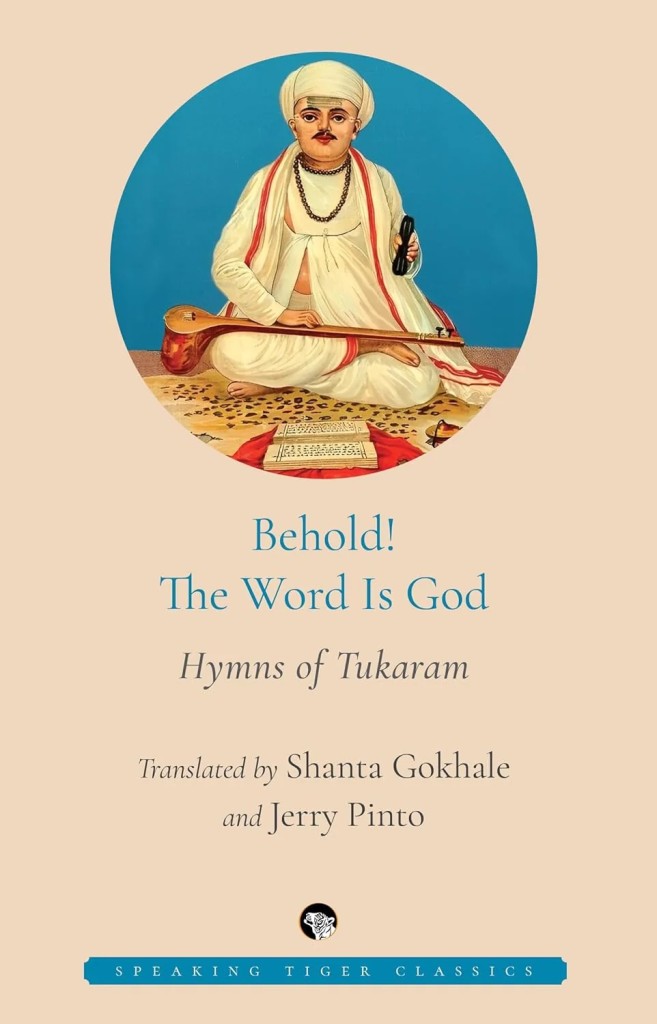
Jerry Pinto
About: Jerry Pinto is a Mumbai-based Indian-English poet, novelist, short story writer, translator, as well as journalist. He received a liberal arts degree from Elphinstone College, University of Mumbai, and a law degree from Government Law College, Mumbai. Jerry Pinto teaches journalism at the Sophia Institute of Social Communications Media in Mumbai and is on the board of directors of Meljol, which works in the sphere of child rights. His book about actress Helen Jairag Richardson titled The Life and Times of an H-Bomb, went on to win the National Film Award for Best Book on Cinema in 2007. His collection of poems, Asylum and Other Poems appeared in 2003. He has also co-edited Confronting Love (2005), a book of contemporary Indian love poetry in English. In 2009, he co-authored Leela: A Portrait with Leela Naidu, a semi-biographical book of anecdotes and photos from Leela Naidu's life. Leela Naidu was continuously listed as one of top ten or top five most beautiful women in the world in the 1950s and 1960s by magazines like Vogue. His first novel, Em and the Big Hoom, was published in 2012, and won The Hindu Literary Prize that year. It was also shortlisted for the Commonwealth Book Prize. He has translated several books from Marathi to English including Cobalt Blue, Baluta, When I Hid My Caste and I, the Salt Doll Pinto won the Windham-Campbell prize in 2016 for his fiction. He was awarded the Sahitya Akademi Award in 2016 for his novel Em and the Big Hoom.
BOOK
Name: Behold! The Word is God: Hymns of Tukaram

Description:
At Vidarbha Literary Festival 2024, get a chance to gain a deeper understanding of Saint Tukaram’s select spiritual poems with the celebrated poet and Sahitya Akademi Award winner author Jerry Pinto as we discuss his book Behold! The Word is God: Hymns of Tukaram.
The book contains a selection of 51 abhangas from Saint Tukaram’s vast oeuvre, each Marathi abhanga followed by two English interpretations—Shanta Gokhale’s and Jerry Pinto’s. Two independent translations of each abhanga give readers a chance to gain a deeper understanding of the original. The saint-poet’s original abhangas are included in the book alongside the translations as Roman transliterations.
The unique thing about this book is that the translators, keen to give their selection a narrative order that would offer readers a view of the abhangas beyond their immediate sense, have arranged them into three groups— ‘Tukaram and poetry’, ‘Tukaram and life’ and ‘Tukaram and Vitthala’.
Pinto recasts the abhangas as independent poems that run parallel to Tukaram’s creations whereas Gokhale, stays as close as possible to the sense, movement, rhythm and form of the originals. Together, their translations capture the mystic wisdom and the musicality of Tukaram’s hymns, and open a whole world of meaning for today’s readers.
© 2025 Vidarbha Literature Festival